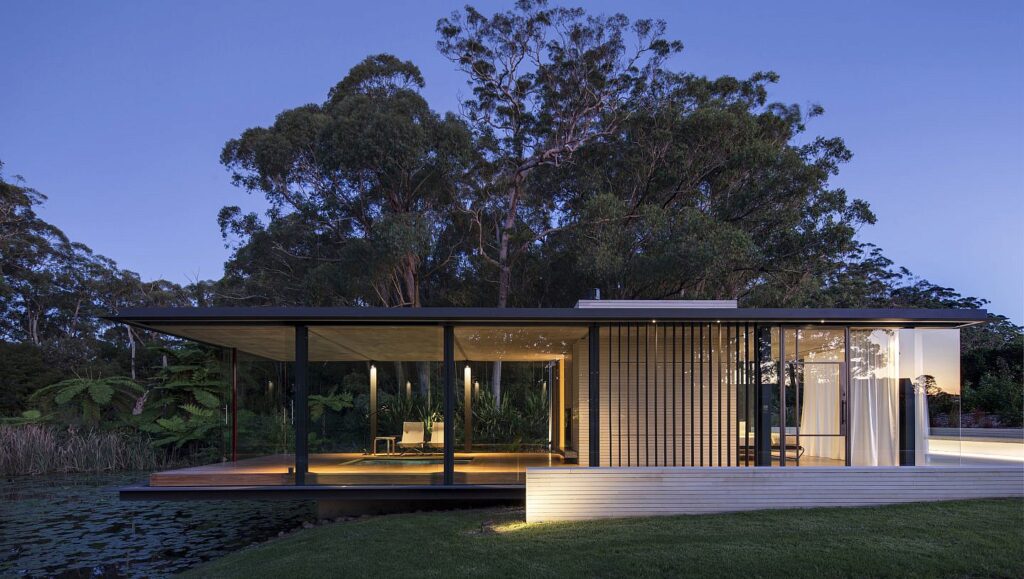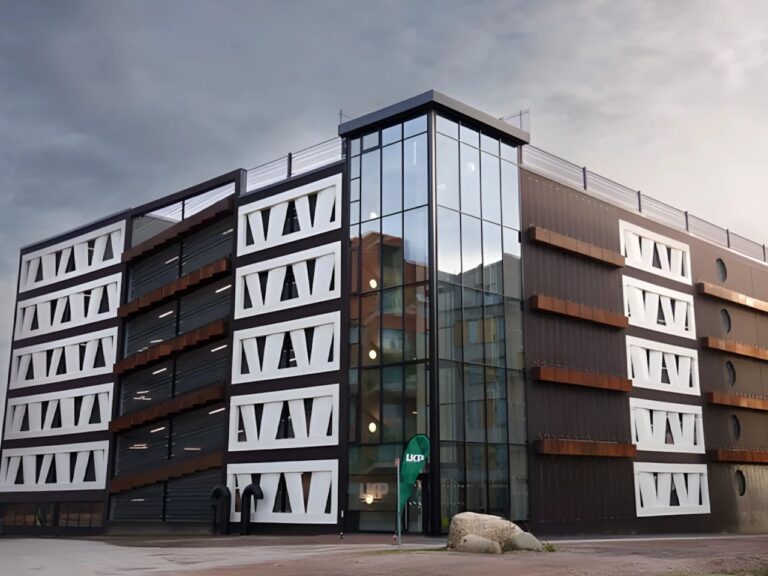New Objectivity in Architecture and Engineering
New Objectivity in Architecture and Engineering,
New Objectivity, in German, is Neue Sachlichkeit, which is sometimes also translated as New Sobriety.
It is the name often given to the modern architecture that emerged in Europe, especially German-speaking Europe, in the 1920s and 1930s.
Often called the Neues Bauen, the New Objectivity renovated many German cities in this period.
Werkbund and Expressionism
The earliest examples of this style are actually those from before World War I,
sponsored by the Deutscher Werkbund’s attempt to provide a modern facade for Germany.
Many of the architects who would become associated with New Objectivity were practicing in a similar fashion in 1910,
using glass surfaces and intense geometric compositions.
Examples were: Walter Gropius and Adolf Meyer’s 1911 Fagus Factory or Hans Poelzig’s 1912 store in Breslau (Wrocław).
However, in the aftermath of the war, these architects (as well as others such as Bruno Tutt) worked in the revolutionary Arbeitsrat für Kunst.
It is pioneering Expressionist architecture, notably through the secret Glass Chain collection.
The early works of the Bauhaus, such as the Sommerfeld House, were in this context,
and the expressive dynamism and use of glass (whether for transparency or color effects) would be the mainstay of the new Objectivity.
Although “New Objectivity” was the most popular translation of “Neue Sachlichkeit”, other translations included “New Matter-of-Factness”,
“New Resignation”, “New Resignation” and “New Dispassion”.

New Objectivity in Architecture and Engineering
Art historian Dennis Crockett says there is no direct English translation, and he explains the meaning in the original German.
Sachlichkeit must be understood by its root, sache, meaning “thing,” “fact,” “object,” or “object.”
Sachlich can also be better understood as ‘realistic’, ‘unbiased’, ‘practical’ or ‘accurate’.
The real architecture is found only in the drawings, and the real building is found outside the drawings,
the difference here is that “architecture” and “building” are not the same.
Perennial debate is between architecture as a conceptual, cultural and intellectual project, and architecture as a virtual construct.
This means the subject’s experience in architecture, through the physical experience of light, of colour, of space and so on.
The whole notion of “carton structure” also means that the work’s substance is important as an “anti-matter” statement.
Perhaps the most important work that can be done in the world of concepts is architecture houses made of cardboard.
For example, you can take pictures of a house without sunlight so you don’t have any shadows,
and don’t reveal things like that.
Thus the difference between built form and model can be minimized,
as the built form is a conceptual reality of architecture.
Each building has a different theme, but the buildings are consistent in “architectural meaning”,
in the meaning they played and in the role they played in the critical architecture culture as it evolved over time.
Therefore, while the work was concerned with constructing syntax and grammar, he was interested in seeing analogous relationships between language and architecture.
You may like: Realism in architecture






